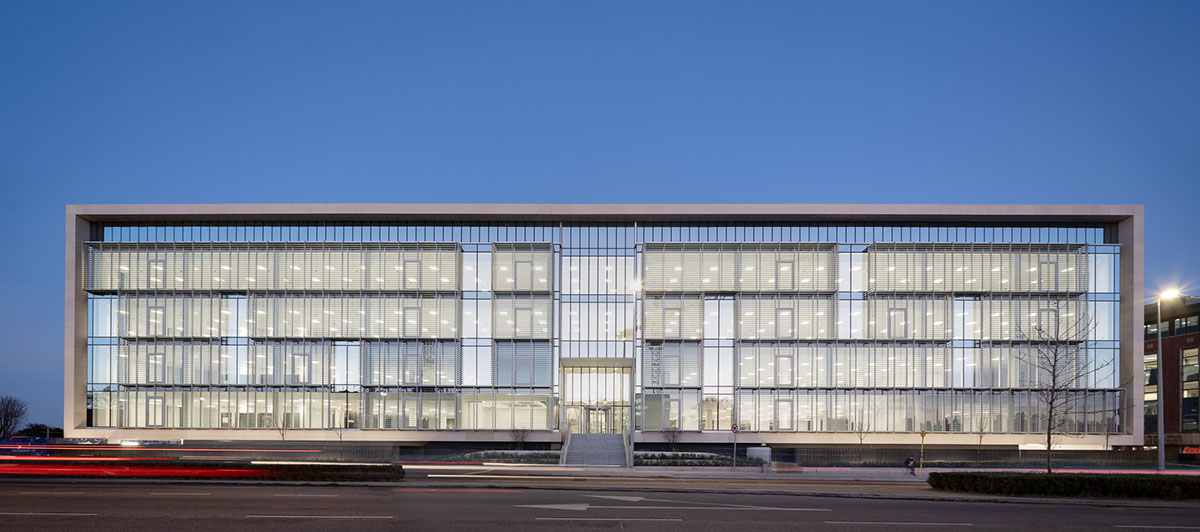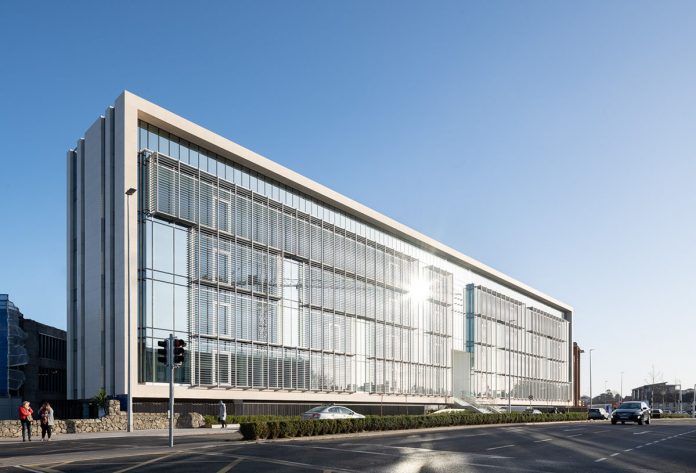Pelin Haynes, Professional Services Consultant at Graphisoft UK Ltd., tell us how digital technologies can enable sustainable design
How can digital technologies enable sustainable design?
It’s a well-known statistic that according to the UK Green Building Council, the built environment is responsible for around 40% of the UK’s carbon emissions. Moreover, about 50% of the sector’s emissions are from buildings in use, from heating, lighting and cooling.
In recent years the industry has started to make inroads into reducing its carbon emissions, for example in the design of modern offices that meet or exceed LEED or WELL energy standards, low carbon schools, and social housing schemes designed to Passivhaus standards.
However, if the UK has any chance of meeting its commitment to reach net zero by 2050, much more needs to be done and faster.
The value of passive design
The RIBA 2030 Climate Challenge was developed to help architects meet net zero whole life carbon for both new and retrofitted buildings by 2030.
Shown by the examples above, passive design approaches, coupled with sustainably and locally sourced materials, can help to reduce CO2 emissions.
Solutions for shading, pre-cooling of supply air, night purging, natural ventilation, airtightness, mechanical ventilation with heat recovery (MVHR), insulation, avoiding thermal bridges, passive solar gain, and exploiting internal heat sources can all be employed.
Making the most of the sun
If possible, a building should be positioned to make the best use of the sun as it moves throughout the day. This requires less equipment to achieve thermal indoor comfort through either mechanical or electrical heating or cooling.
Shading systems such as louvers, balconies and overhangs can be incorporated into the building façade design in several ways, using a range of materials. There are online resources which have solar angle calculators such as the solar electricity handbook.
Natural ventilation and water collection
Natural ventilation is the movement of air throughout the building without any need for mechanical strategies such as fans and extractors. Using openable windows and doors to benefit from prevailing winds, as well as sky courts and atriums, help prevent overheating. For successful natural ventilation, the higher the ceiling levels, the better, as the air becomes cooler at the occupants’ head level.
When designing sustainable buildings, rainwater collection is a fundamental design decision which is often overlooked. Rainwater should be collected, purified and used for greywater in the building.
Take a fabric first approach
Much has been made of adopting a fabric first approach and choice of materials. Availability and performance are the main factors to consider while prioritising recyclable, energy efficient materials with low costs.
When considering material choices for sustainable buildings, it’s important to consider both the thermal mass – the ability to store heat energy – and the material’s carbon footprint. The BRE website includes a comprehensive guide to sustainable products and materials.
Software for sustainable design
There are a number of tools that can support architects and engineers in design, calculations and decision making.
Tools such as Graphisoft’s Energy Evaluation, included with Archicad, can be used in the early stages of design to carry out multiple simulations before the full building has been modelled. It can also be used later to check the thickness of insulation, carry out thermal analysis, check the best use of materials etc.
With a full catalogue of building materials and properties, Energy Evaluation is designed to help undertake energy use calculations to prepare the model to be fully certified externally.
When looking for software to help in this area, key questions to ask are:
- How easy is the software to use?
- How well does it integrate, or collaborate with other software?
- Can it render high quality images?
- Can it render in real time?
- Can it do native thermal simulations?
- Does it do daylight analysis?
Graphisoft’s EcoDesigner STAR extension, available for all Archicad customers, can complete a full analysis. Users can take multiple reports from the same model and compare changes and revisions to help inform and explain design decisions.
EcoDesigner STAR also offers:
- BIM geometry and thermal property data export.
- Thermal bridge simulation.
- Expert building systems settings.
- On-site renewables.
- Building energy simulation using standard-compliant analysis engine.
- Energy performance of thermal blocks.
- Building energy performance rating.
For those who choose to use a different software for certifications, then it is also straightforward to export directly from Archicad to third party software.

Design for the future
There is no doubt that the ambition to create more sustainable buildings and to reduce energy usage throughout the built environment is challenging.
Moreover, there is no “one size fits all” approach and it’s important to consider different options to meet sustainability requirements and targets.
However, by adopting the strategies outlined above, with the help of digital tools, it is possible to design and construct buildings that are both environmentally friendly and comfortable.
*Please note: This is a contributor profile.
Pelin Haynes
Professional Services Consultant
Graphisoft UK Ltd.
Tel: +44 (0)1895 527590
Twitter: @GraphisoftUK
LinkedIn:Graphisoft






![[Video] Fireco: 80 new fire doors required for residential flats in London](https://www.pbctoday.co.uk/news/wp-content/uploads/2025/04/2024-06-01-Lords-view-one_1200x750_004-218x150.webp)







